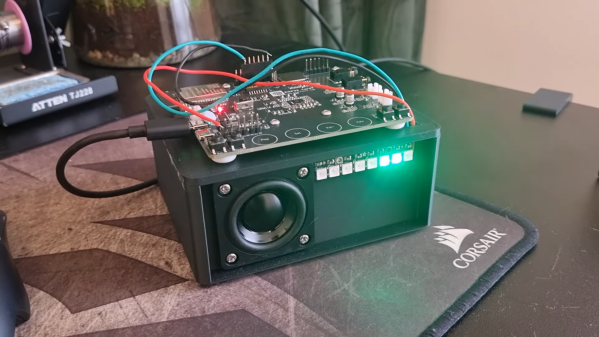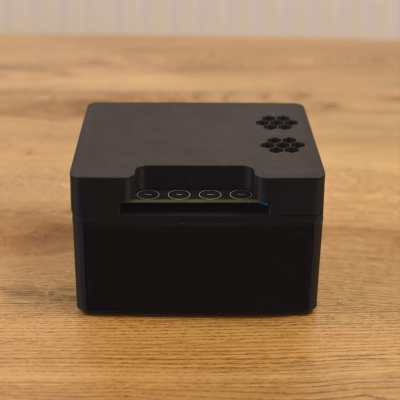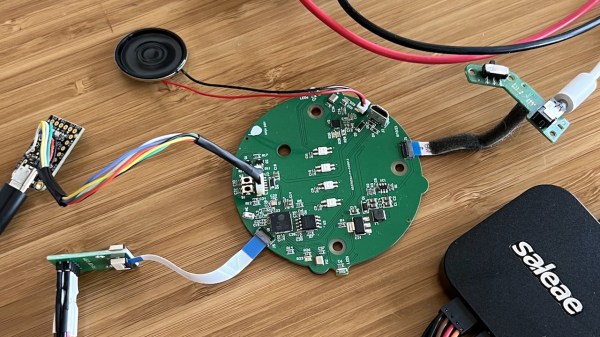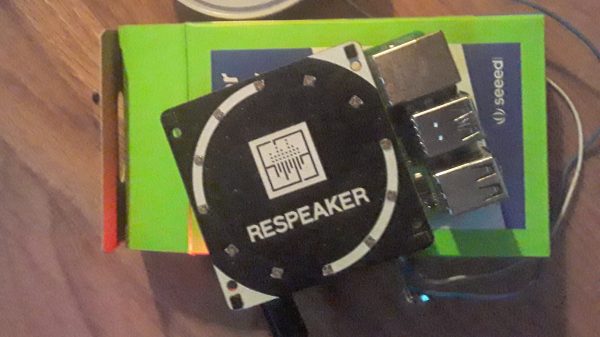Drive-throughs are a popular feature at fast-food places, where you can get some fast grub without even leaving your car. For the fast-food companies running them they are also a big focus of automation, with the ideal being a voice assistant that can take orders and pass them on to the (still human) staff. This probably in lieu of being able to make customers use the touch screens-equipped order kiosks that are common these days. Pushing for this drive-through automation change is now Taco Bell, or specifically the Yum Brands parent company.
This comes interestingly enough shortly after McDonalds deemed its own drive-through voice assistant to be a failure and removing it. Meanwhile multiple Taco Bell in the US in 13 states and five KFC restaurants in Australia are trialing the system, with results apparently encouraging enough to start expanding it. Company officials are cited as it having ‘improved order accuracy’, ‘decreased wait times’ and ‘increased profits’. Considering the McDonalds experience which was pretty much the exact opposite in all of these categories we will remain with bated breath. Feel free to share your Taco Bell or other Voice AI-enabled drive-through experiences in the comments. Maybe whoever Yum Brands contracted for their voice assistant did a surprisingly decent job, which would be a pleasant change.
Top image: Taco Bell – Vadnais Heights, MN (Credit: Gabriel Vanslette, Wikimedia)




 The build is based on an ESP32 Lyrat development board. Unlike most devboards, this one has two 3 watt audio outputs and mics on board, making it perfect for a build like this one. The Lyrat was paired with some NeoPixel LEDs and a pair of Dayton Audio 1.5″ speakers to enable it to interact with the user both audibly and visually.
The build is based on an ESP32 Lyrat development board. Unlike most devboards, this one has two 3 watt audio outputs and mics on board, making it perfect for a build like this one. The Lyrat was paired with some NeoPixel LEDs and a pair of Dayton Audio 1.5″ speakers to enable it to interact with the user both audibly and visually.













